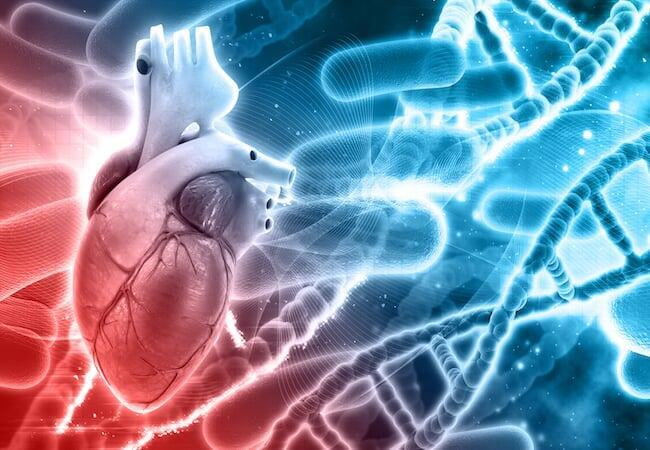By América Torres
Numerous studies have demonstrated the ability of exosomes to repair heart tissue after an MI, as well as the benefits of cell therapy. The objective of the study "Experimental, Systems, and Computational Approaches to Understanding the MicroRNA-Mediated Reparative Potential of Cardiac Progenitor Cell–Derived Exosomes From Pediatric Patients", by Udit Agarwal, et al. was to evaluate donor age and hypoxia and the role of hypoxia in exome-derived pediatric cardiac progenitor cells. The model used was rats with ischemic reperfusion injury.
Improving cardiac function after a MI
Improving cardiac function after a MI
Cardiac Progenitor Cells (CPCs) were discovered in 2003. Since then, multiple types of therapies have been investigated to improve cardiac function after myocardial infarction and prevent heart failure. Over the past two decades, stem cell therapy has become an exciting option to improve cardiac remodeling after MI. Although initially thought to be directly the contribution of the cells themselves, most researchers now consider paracrine mechanisms are the main benefit of cell therapy.
The findings
The findings
- The authors of the trial mention that they found that human pediatric cardiac progenitor cells generate exosomes of 120±12 nm, which coincides with the information that had already been provided by other works.
- It is possible to take advantage of many of the benefits of cell therapy without them. This is important for sources such as embryonic progenitor cells, which have risks of tumorigenicity, as they did not show tumorigenicity of the exomes and that may help dissipate concerns for many other cells.
- This study also demonstrated that the three main types of cardiac cells (fibroblasts, endothelial and cardiomyocytes) internalize human pediatric CPCs.
- It is necessary to mention that there were specific differences among the cells. Fibroblasts occupied the majority of exosomes, followed by endothelial cells; however, cardiomyocytes minimally internalized exosomes.
- While several trials by other authors suggest that myocytes produce exosomes, this trial offered the first report of cardiac myocytes internalizing exosomes. Despite this, many studies show improvements in cardiac function without any effect on the myocytes themselves.
- The authors believe that their finding that exosomes are not absorbed by cardiomyocytes may open the possibility of considering whether actions on local fibroblasts, or perhaps even infiltrating inflammatory cells, could improve myocyte survival. They do not rule out the possibility that fibroblasts reprogrammed with exosomes and endothelial cells modulate cardiomyocyte function through the secretion of potent endogenous exosomes, absorbed by myocytes.
New data on pediatric Cardiac Progenitor Cells
New data on pediatric Cardiac Progenitor Cells
It has long been known that stem cell therapy after MI offers beneficial paracrine signaling thanks to exosomes. It is also known that children have Cardiac Progenitor Cells that can be useful, although the function of these varies greatly depending on the age of the donor. In fact, it is still unknown how the child's age and hypoxia affect the quality of the exosome and its potential to repair the heart of the MI patient.
This study helped to shed some light on these and other issues, because it provided the following information:
- Pediatric Cardiac Progenitor Cells secrete exosomes with a very different microRNA content.
- Exosomes of newborns are restorative, and their effectiveness decreases with age; the hypoxic precondition of cells restores exosomal function.
- Computer models are capable of creating predictive models based on microRNA content. They can also predict the function of exosomes derived from other cells. This may lead to the identification of new microRNA functions.
At SCHILLER we know that cardiac rehabilitation is essential for the recovery of patients who have suffered a myocardial infarction. That's why we have comfortable and safe ergometers and stress test devices that use the most advanced software to offer a reliable follow-up. To learn about our CR solutions, click here.



